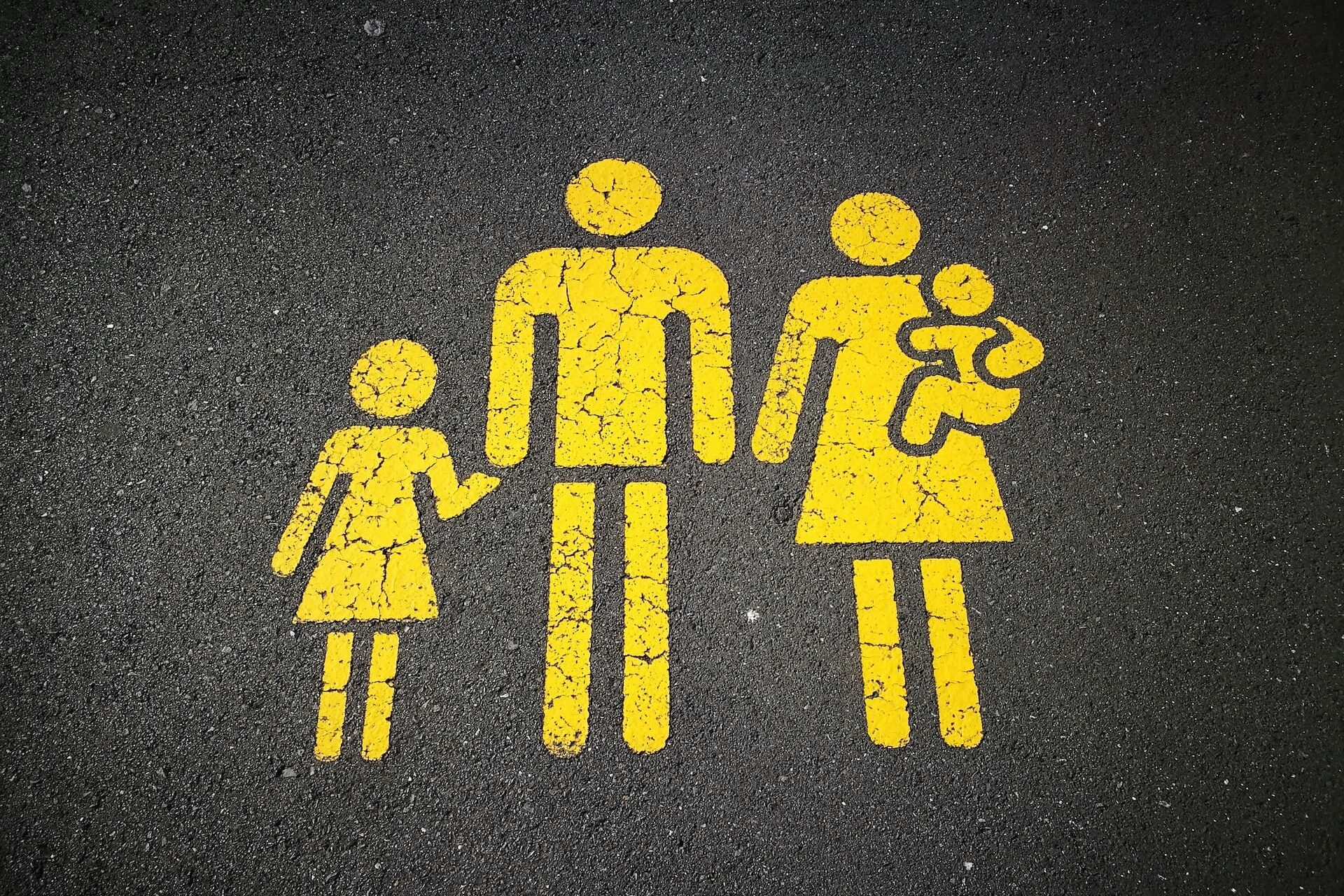

Question: What are the effects of low interest rates on households?
Answer: Low interest rates can have several effects on households. They can reduce borrowing costs, making it more affordable to take out loans for mortgages, cars, or other major purchases. This can stimulate spending and economic activity. Low interest rates may also lead to lower returns on savings and investments.
What are the Effects of Low Interest Rates on Households? Interest Rates and House Worth
Interest rates are like the lifeblood of our economy. They dictate the cost of borrowing and affect the return on savings. So, it’s no surprise that changes in interest rates can have a profound effect on households. But what happens when these rates are low? Let’s explore.
Low interest rates make borrowing cheaper. This might sound like a financial win for households, but the picture is more nuanced. There are several ways, both positive and negative, that low interest rates can impact households.
Making Dreams Come True: Home Ownership and Low Interest Rates
One of the biggest ways low interest rates impact households is through home ownership. Many of us dream of owning our own home. Low interest rates can make this dream more achievable.
With lower rates, the cost of borrowing decreases. This means mortgage payments are lower, and more households can afford to buy a home. Low interest rates can also be a boon for existing homeowners. They can choose to refinance their mortgage, securing a lower rate and reducing their monthly payments.
However, there’s a catch. High demand for homes, spurred by low interest rates, can drive up house prices. So, while the cost of borrowing is less, the price of the home itself may be more.
Check out this page to see how the Mono home appraisal process works
Related Article: What is the Difference Between a Mortgage Lender and a Bank Lender?
Related Article: How are Interest Rates Used to Determine Present and Future Values?
Spending vs Saving: The Household Dilemma
Another area where low interest rates have a big impact is in decisions around spending and saving. When interest rates are low, savers get less return on their money. This can discourage households from saving.
On the other hand, low interest rates can encourage spending. After all, if you’re not making much on your savings, why not spend the money instead? Big ticket items like cars or appliances become more affordable with low interest rate loans.
While increased spending can boost the economy, it’s not always good news for households. Less saving and more debt can leave households financially vulnerable, especially if interest rates rise in the future. [ 1 ]
Debt and Low Interest Rates: A Double-edged Sword
Low interest rates make it cheaper to borrow money. This can lead households to take on more debt. In the short term, this can feel manageable. Monthly payments on everything from credit cards to personal loans are lower.
However, debt is a double-edged sword. While it can help households afford what they need or want now, it must be repaid in the future. And if interest rates rise, the cost of that debt can increase. Households with high levels of debt could find themselves struggling to make payments.
Investments and Retirement: Navigating the Low Interest Rate Environment
For those looking to invest or planning for retirement, low interest rates can present a challenge. Traditional safe investments like bonds or certificates of deposit (CDs) offer lower returns in a low interest rate environment. This can make it harder for households to grow their wealth or plan for retirement.
To seek higher returns, households may turn to riskier investments, like stocks. While these can offer higher potential returns, they also come with a greater risk of loss.
Click for more information about Jen Jewell
Looking to the Future: Long-term Impacts of Low Interest Rates
Finally, we must consider the long-term effects of low interest rates. Over time, these rates can contribute to the creation of asset bubbles. As we’ve already discussed, low interest rates can drive up house prices. But when rates eventually rise, those high prices can become unsustainable, leading to a potential crash.
In conclusion, while low interest rates can seem like a blessing, especially for those looking to borrow, they come with their own set of challenges. Understanding these impacts can help households make informed financial decisions. Whether it’s buying a home, deciding how much to save, managing debt, or planning for retirement, knowledge is power. The more you know, the better equipped you’ll be to navigate the complex world of personal finance.
References
1. https://www.investopedia.com/terms/l/low-interest-rate-environment.asp


